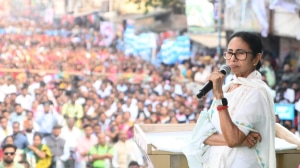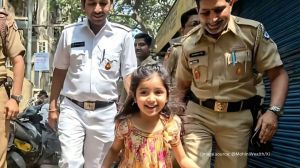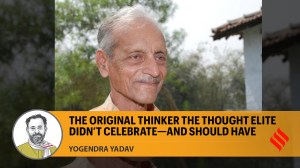Hindi cinema cares only about numbers: Sachin Kundalkar
Filmmaker and writer Sachin Kundalkar opens up about his upcoming movie, Marathi cuisine and the art of story-telling.
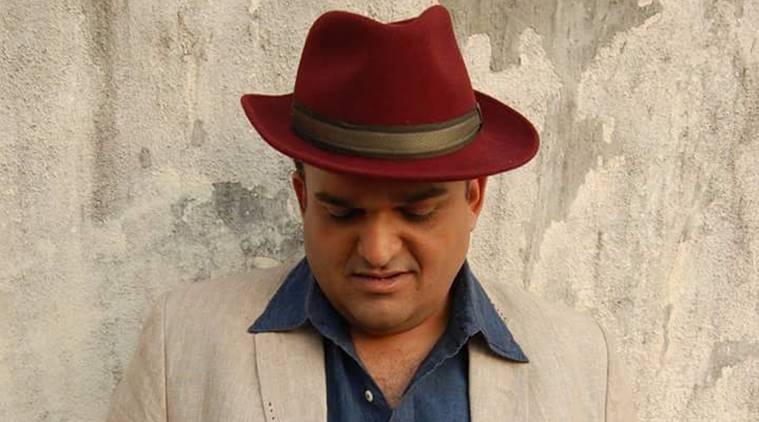 Filmmaker Sachin Kundalkar opens up about movie-making, Bollywood and Marathi cuisine
Filmmaker Sachin Kundalkar opens up about movie-making, Bollywood and Marathi cuisine
Sachin Kundalkar’s new film is a tribute to Marathi cuisine. The writer-filmmaker on his relationship with food, his unpleasant brush with the Hindi film industry and why he hasn’t written another novel.
What led you to make a movie about food, especially Marathi cuisine?
When I was growing up, I learnt cooking from my mother. Since then, I wondered if I should pursue a career as a chef. But I was drawn to filmmaking and didn’t become a chef. I believe that food can be used as a medium of communication.
The idea behind Gulabjaam was to explore contemporary life and tell stories about those around me. Many of my acquaintances are making interesting career choices. The story of Aditya (who leaves his cushy job to learn cooking from Radha, a dabba supplier played by Sonali Kulkarni) must have emerged from these associations. I consider myself to be an urban filmmaker. Everything is temporary around you in cities: you or your dearest one might migrate tomorrow. How long can you maintain a friendship with someone? My film tries to tell such stories.
What qualifies as urban stories according to you?
In Marathi cinema, they look at cities and urbanisation as a problem. I have accepted urbanisation; I also find the influx and migration beautiful. Throughout the 1990s, I have seen cities changing. People are making different career choices and following their heart. Earlier, there were so many things men could not do. Ditto for women. That’s changing. The gender blend that it has led to is very interesting. We are in a post-feminist world. At my home and in my friends’ circle, everyone does all kinds of chores. I know cases where a husband has taken a sabbatical while the wife supports the family. Gulabjaam, as a movie, celebrates all these.
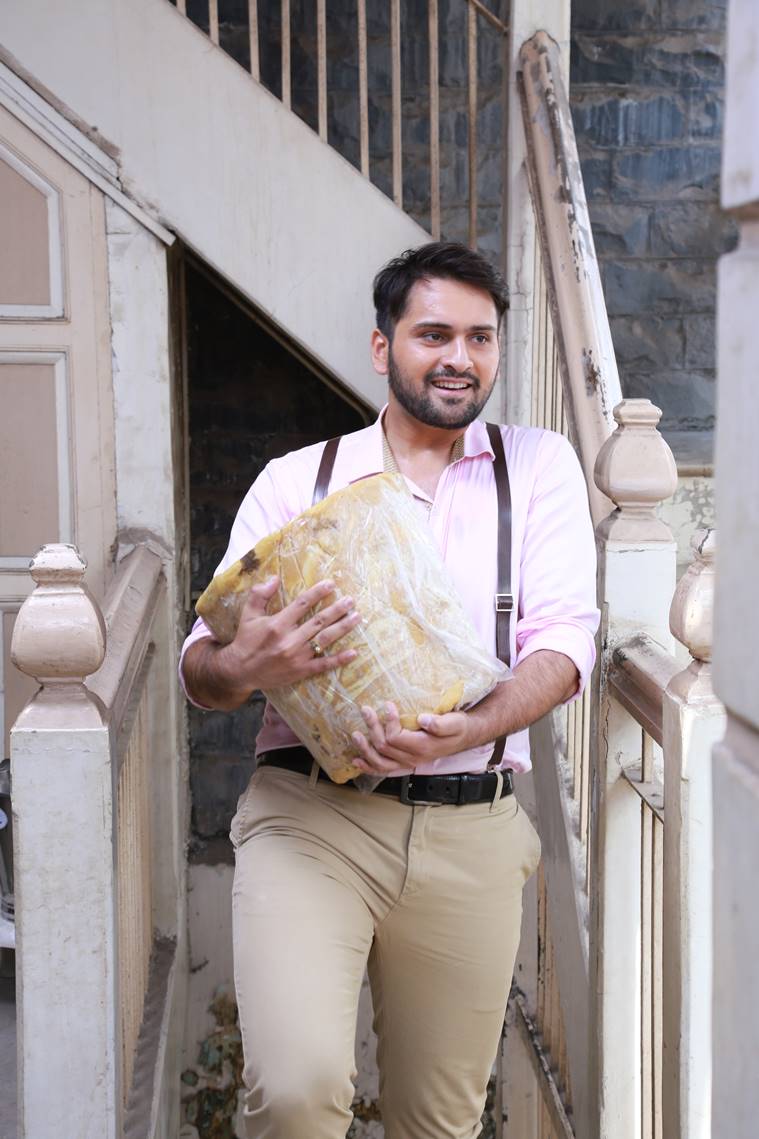
How did you develop Sonali Kulkarni’s character — someone who comes out of coma having forgotten her past but not the recipes she cooked?
As an actor, Sonali is terribly underutilised. Her character Radha represents my hometown Pune — the city that hates change. Sonali can represent old Kolkata or old Bangalore too. She is a city in herself, where there is no sense of time and no new body or language is welcome. However, we all co-exist in such cities, which bear beautiful residues of the past. In the movie, Aditya (played by Siddharth Chandekar) learns cooking from Radha. What if a girl comes to learn cooking from a man? It would be interesting to reverse their roles.
How essential to you is the idea of gender blending, something Spanish auteur Pedro Almodóvar always did?
Almodóvar is a great influence on me. I’m gay. I believe a man and a woman co-exist within me. There is a gender blending that has happened within me. I value it and wish that the world is free of this segregation. In a work of fiction, beautiful and complicated characters can emerge. I love to create that. Orhan Pamuk has also been a major influence. He questions whether he is western or eastern; whether Istanbul lives in the past, present or future. Two years ago, I went to Istanbul, rented a place and walked around. Almodóvar and Pamuk constantly travel with me. They help me when I’m trying to convey something through my work.
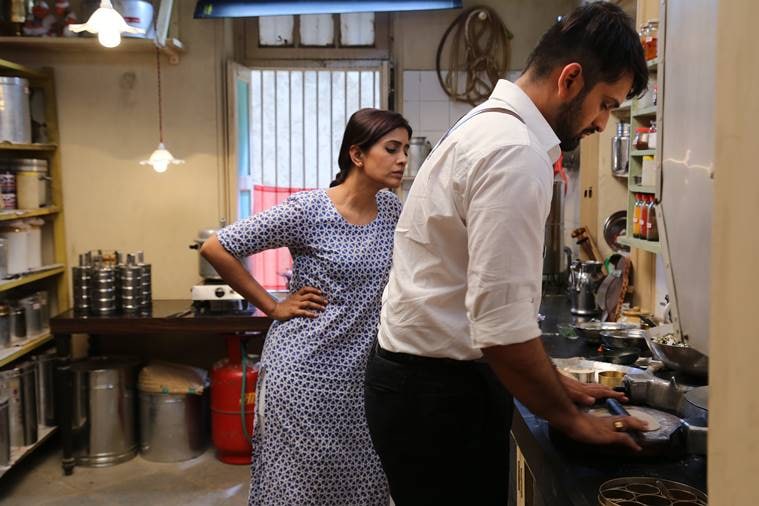
Was there a period of exploration involved before you could discover this approach?
Paris changed me. At 23, I went to Paris to do a four-month workshop. The spirit of Paris made me who I am. That stay changed my understanding of what’s good and bad.
I feel like a cultural outsider everywhere. When you give murta swarup (concrete form) to your thoughts through a play, novel or a film, then people understand you. For people to understand your mind, you must create a body of work. I have the habit of creating stories. I constantly write, but I do not make a movie of everything that I have written. I keep them aside. I take them out later and work on them again.
For Gulabjaam, you have co-written the script for the first time.
Since I make personal movies, I realised I would exhaust all my memories and points of view. It can also end up being repetitive. So, I decided to have a partnership, which can keep changing, while writing for a film. When I am writing a novel or a play, of course, I can be on my own. I have co-written Gulabjaam with Tejas Modak, a Pune-based graphic novelist. It took me six months to accept that there would be a new perspective to my story. He could edit my primary thoughts and images. Being a graphic novelist, it was easy for him to write a scene where Aditya is talking to a fish or his sleeping pill. That’s what he brought — a touch of magic realism.
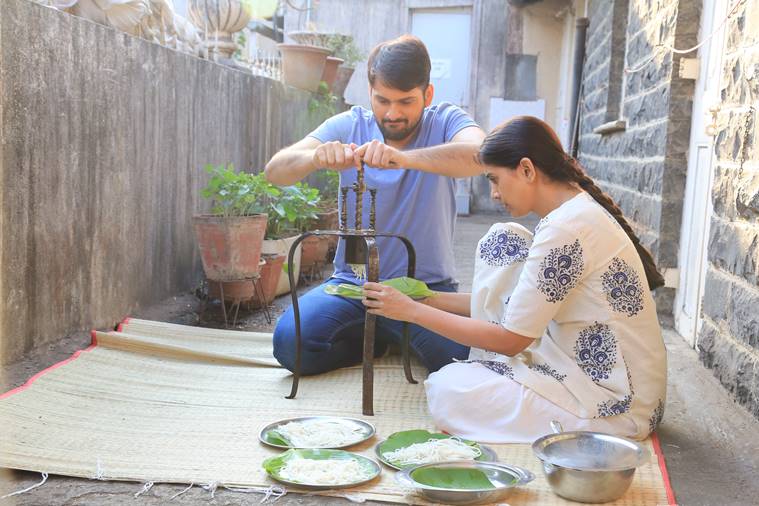
One would assume that a movie about food would be visually great.
If the food in my movie looks like food in oil or turmeric ads, then viewers can’t smell it. The struggle was to treat food as a character in the movie. We shot very organically, in natural light.
Your earlier film Gandha was about the sense of smell.
Smell is a dominating factor in my memory. I don’t remember names of people but I remember how they smell. I don’t remember my conversations with them but what we ate together. My memory comes from these senses and preserves them. Nature has gifted me with a strong olfactory sense. It is always there in my writings and movies. On the contrary, my mother can’t smell anything.
You have collaborated with your mother Archana Kundalkar for Gandha.
The first story of Gandha (which is a triptych), on which my Hindi movie debut Aiyyaa is based (featuring Rani Mukerji), is written by her. It is the only story written by my mother that has survived. She worked as a typist and her family was poor. So, my grandfather told her that writing is an indulgence of the rich and threw her notebook into a well. This story survived as she had written it on loose sheets. She showed it to me when I was 20. She is writing again but refuses to show me till she is done with it.
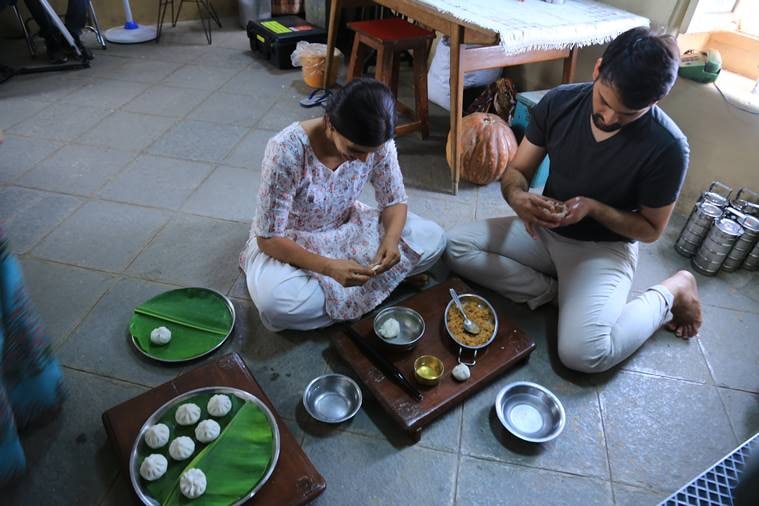
What motivated you to be a filmmaker?
Every Sunday, my father and I used to watch a Hollywood film at Pune’s Alka theatre. In the ’80s and ’90s, prints of those films, including all the James Bond movies and classics, used to come to Pune. On Saturdays, I used to go to the theatre with my mother to watch all the Hindi movies. Eventually, I started loving Yash Chopra a lot. His movies were ahead of his time in the popular culture space, especially Lamhe (1991). Later on, at the National Film Archive of India, Pune, screenings, I watched François Truffaut, Federico Fellini and Andrei Tarkovsky. With that, my perspective started changing and I decided to be a filmmaker.
Have you not thought of directing another Hindi movie after Aiyyaa (2012)?
After Aiyyaa, I was scared of the work culture in Hindi cinema. The film bombed. Everyone abandoned me on Monday when the box-office numbers came out. They didn’t answer my calls. There was no dignity in the way I was treated by everyone in my unit. The industry only cares about numbers and one has to prove his/her talent in three days. Till now, I was not ready to do another Hindi movie. Now, I want to remake Gulabjaam in Hindi. Tejas and I are also developing a rom-com and a thriller in Hindi. We are also structuring an Indo-French project that Ashutosh Gowariker is producing.
I never thought it was a big deal to make a Hindi film. I would love to make a Malayalam movie. The kind of movies they are making, others won’t dare. Hindi cinema is decaying. The regional movies have got a new lease of energy. They are not paranoid about the audience, which supports different kinds of stories.
Why have you not written another novel after Cobalt Blue?
I’m writing one now. You can’t plan a novel. I wrote Cobalt Blue soon after moving to Mumbai at the age of 22. I had nothing else to do. I started writing Tanay’s monologue and then Anuja’s (both the brother and sister are in love with the same man in the novel). When I showed them to my friends, they said it is a novel. It was published in 2006. In 2013, Jerry Pinto read the novel on Shanta Gokhale’s insistence and translated it. When he sent me the manuscript, I realised that it was very organically done. It was not technically correct. It was emotionally correct.



- 01
- 02
- 03
- 04
- 05








